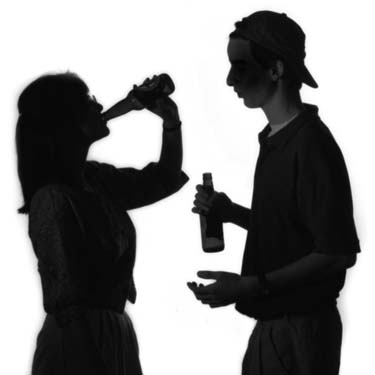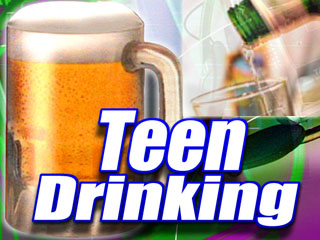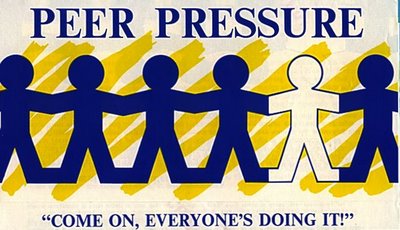Even though drinking by anyone under the age of 21 is illegal in the U.S., people aged 12 to 20 years drank 11% of all alcohol consumed in the United States this year. Of this amount more than 90% was consumed in the form of binge drinking. Binge drinking is typically defined as five or more drinks consumed on one occasion and is one way to determine heavy alcohol use. On average 28.3% of underage drinkers (10.8 million persons aged 12 to 20) used alcohol in the past month. Research has shown that underage youth drink more than those of a legal age (4.9 drinks vs. 2.8 drinks).
Legal Drinking Age
- The legal drinking age for different countries varies dramatically, from 0 to 21
- 10 countries have no minimum drinking age
- 13 countries have a minimum drinking age of 16
- 43 countries have a minimum drinking age of 18
- 1 country has a minimum drinking age of 19
- 2 have a minimum drinking age of 20
- The U.S. has the highest minimum drinking age at 21, but there are many exceptions to this general rule, that lead to underage drinking.
Drinking and Driving
A yearly average of 4.2 million young people between the ages of 16 and 20 reported driving under the influence of alcohol or illegal drugs during the past year.
Among high school students in the last 30 days:
- 45% drank some amount of alcohol.
- 26% binge drink.
- 11% drove after drinking alcohol.
- 29% rode with a driver who had been drinking alcohol.
Underage, teen drivers are more likely than older drivers to ride with an intoxicated driver and are more likely to drive after drinking alcohol or using drugs. The number of deaths in motor vehicle accidents involving alcohol, account for 38.6% of all traffic deaths. Reports show 6,002 young people ages 16-20 died in motor vehicle crashes in 2003.
Underage Drinking Deaths
Approximately 5,000 deaths of people under the age of 21 are the result of underage drinking each year:
- 1,900 deaths from motor vehicle crashes
- 1,600 as a result of homicides
- 300 from suicide
- Hundreds more die from other injuries such as falls, burns, and drownings while they are intoxicated
This is a big concern because reports show there were approximately 7.2 million people under the legal drinking age who were binge alcohol users in the last month.


